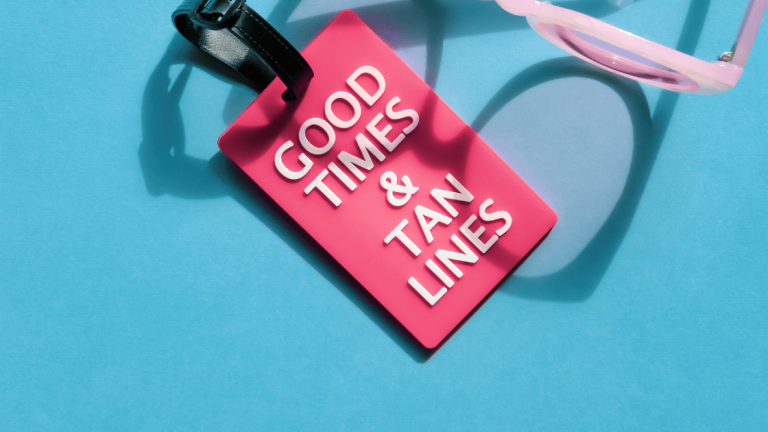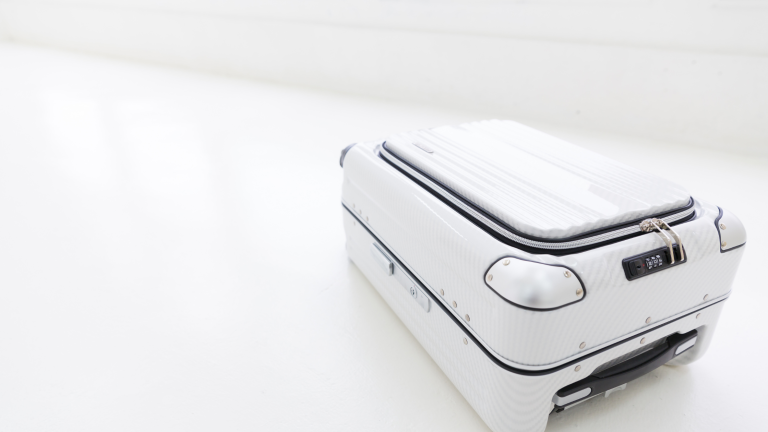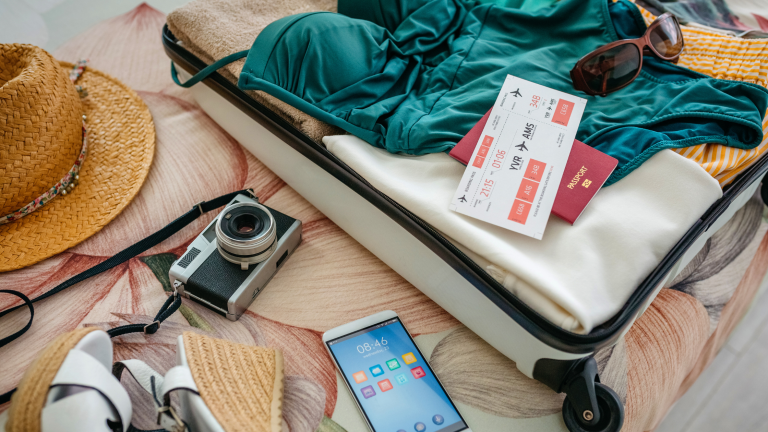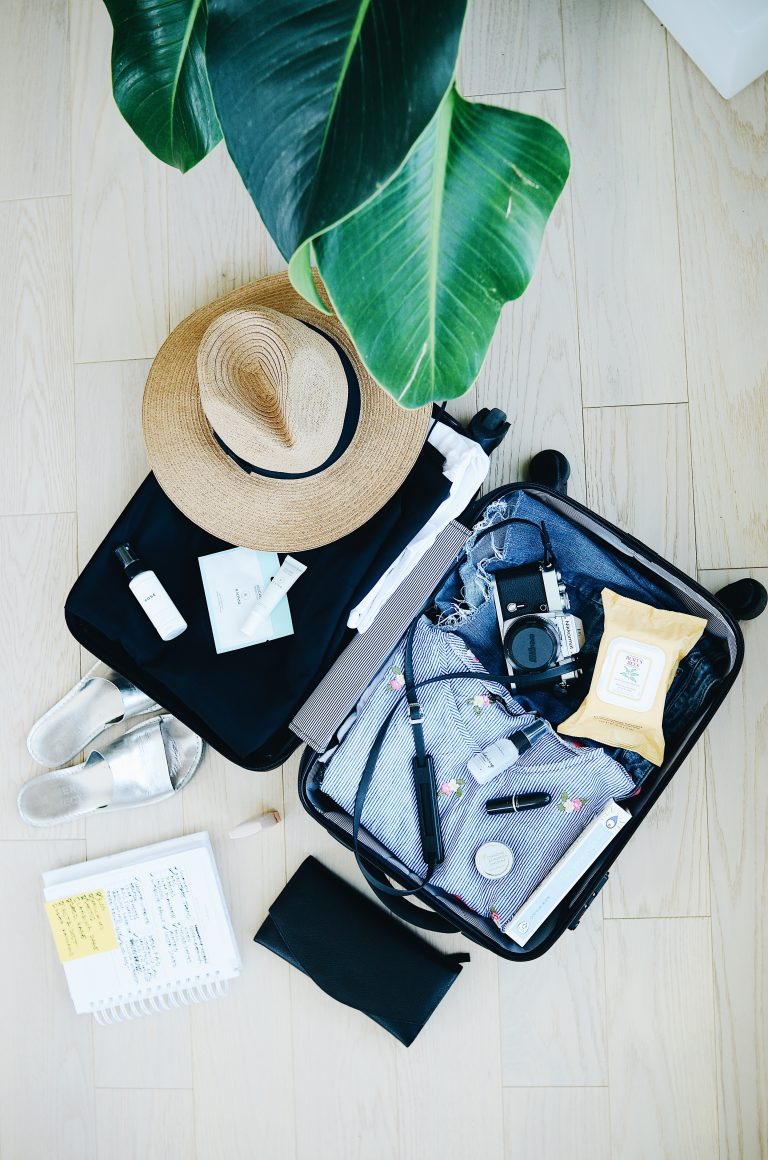What Does 62 Linear Inches Mean For Luggage?
Airlines have strict regulations about the luggage you check in.
Aside from the obvious weight limit, the physical size of your suitcase matters.
It’s common for passengers to be charged an expensive fee at the check-in counter because their luggage doesn’t meet the requirements.
As a digital nomad who has been traveling for years, I will share with you everything you need to know about the magic words – “62 linear inches”.
What Are 62 Linear Inches?
When you fly internationally, there is a somewhat globally accepted norm for “ideal suitcase size”. This is what most airlines follow to avoid chaos, in case passengers change providers during a layover.
The term “62 linear inches” is the most commonly used when deciding whether or not your luggage can go into the cargo without an extra charge.
The maximum acceptable linear inches for most airlines are 62.
Hence, the term “62 linear inches”.
You won’t have a problem if your suitcase is smaller than the allowed dimensions.
However, you may face problems if it exceeds 62 linear inches.
If you must fly with oversized luggage, the best way is to purchase extra cargo space in advance.
How Do You Know If Your Suitcase Is 62 Linear Inches?
I have an in-depth article covering the details of measuring your suitcase to make sure it fits the airline’s requirements.
Basically, the below formula applies:
Total linear inches = Width + Length + Height
As long as the total linear inches do not exceed 62, your suitcase should be good to go.
But, what if your luggage is a backpack with irregular dimensions?
It is not as straightforward to measure the dimensions with duffel bags, rucksacks, or backpacks.
The airline will roughly estimate the linear inches based on the bag’s physical size.
Unfortunately, the estimations may not always be accurate with irregular objects so depending on the ground staff, the same piece of luggage can be accepted at one counter but rejected at another.
If you are concerned about this, choosing a rectangular suitcase can be the easiest option.
Another important note is if you are carrying unusually long objects such as golf clubs or musical instruments, there is a chance that the airline may class the piece as oversized luggage even though the total linear inches are still within 62.
This is because these objects, often very fragile, may require extra cargo place since other suitcases may not be stacked properly on top.
You have to contact your flight provider regarding its policies.
Whenever possible, measure the dimensions of your suitcase before a flight.
What Happens If Your Suitcase Exceeds 62 Linear Inches?
When you purchase your ticket or check in on the internet before your flight, you can buy extra luggage space on the airline’s website.
It is usually much cheaper this way, compared to buying more allowance at the airport.
Your airline reserves the right to refuse any oversized luggage that was not pre-cleared during the online check-in process, especially when it is a full flight and the cargo space is already tight.
Even if your airline accepts your oversized luggage, it will still charge you a big fee, ranging from $50 to $300.
The airline can charge you an overweight fee as well.
Each airline may calculate the excess differently.
You should consult with your airlines for accurate pricing.
Measuring your suitcase before a trip is important because a violation will either lead to the airline refusing to accept your luggage or you will be charged a substantial amount.
How Big Is A 62 Linear Inches Luggage?
The average height of men is 180cm, which equates to 71 inches.
So, you can imagine the height, length, and width of your suitcase combined being roughly a whole head shorter.
Any typical suitcases with 62 linear inches are spacious enough to carry 80 pounds or more, though most airlines restrict the weight limit to 50 pounds.
Where To Find Your Airline’s Luggage Requirements?
Airlines will specify their checked-in luggage requirements on their websites.
You can find the relevant information before buying a ticket.
The same information will also be presented when you check in for your flight, either online or in person.
Under normal circumstances, luggage requirements for the same airline will remain the same for all international flights.
However, your airline may offer a different weight allowance for long-haul flights and short-distance travel.
Therefore, it is always recommended to review the airline’s policy when purchasing a ticket.
How To Get Free Checked-in Luggage Space?
Short-distance flights may not come with checked-in luggage if they are operated by budget airlines.
But, even for long-haul flights, checked-in luggage isn’t always guaranteed.
For example, KLM operates most of its long-haul flights without a checked-in luggage allowance.
As a frequent flyer, there are two common ways to get free luggage space.
Membership Programs
Every major airline runs a membership program that offers various benefits to its customers.
You can become a member by paying a monthly/yearly fee or signing up for their frequent flyer program.
By paying a membership fee, the airline will provide you with lounge access, free luggage space, free upgrades to business class, etc.
The exact offers will depend on your elite status.
If you wish to join a membership program, you should consider joining the airline you fly with the most to maximize your investment.
By joining their frequent flyer program, you earn points each time you fly with this airline.
The number of points is calculated based on the distance and price of your flights.
You can redeem rewards with your points, which include free luggage, free flights, and more.
Credit Card Miles
Airlines often collaborate with credit card companies and issue co-branded credit cards for frequent flyers to earn miles.
Every time you make a purchase with co-branded credit cards, you earn mile points.
Once you accumulated enough miles, you can use them for free upgrades for your flights.
The dollar-to-mile conversion rate differs as there can be promotions or discounts.
Some companies even offer travel credit cards exclusively for overseas purchases when you make a purchase in foreign currencies.
Check for eligible credit cards in your home country.
It is the best way to enjoy extra benefits when you are shopping.
How To Pack Your Luggage Efficiently?
There are a few things you can do to maximize your luggage, packing more items without taking up so much space so you can fit the 62-linear-inch rule.
Roll up your clothes
As plenty of travel experts have demonstrated, rolling up your clothes frees up more space in your suitcase than folding them up. It also allows for easier access when you have to take an item out.
Use compression bags
Compression bags squeeze out the air inside and create an ait-tight environment to maximize the total unusable area in your suitcase. If you tend to carry a lot of clothes, compression bags are the best.
Use an expandable suitcase
Having an expandable suitcase gives you more flexibility if you intend to use it for both your short-term travels and digital nomad life.
You can get more luggage space as needed and reduce the space by zipping it up.
Conclusion
Air travels are exciting but also comes with a ton of regulations.
Choosing a suitable suitcase ensures a smooth journey and you won’t be charged an extra fee.
Next time you travel, remember to measure your suitcase to make sure it aligns with the 62-linear-inch rule!





